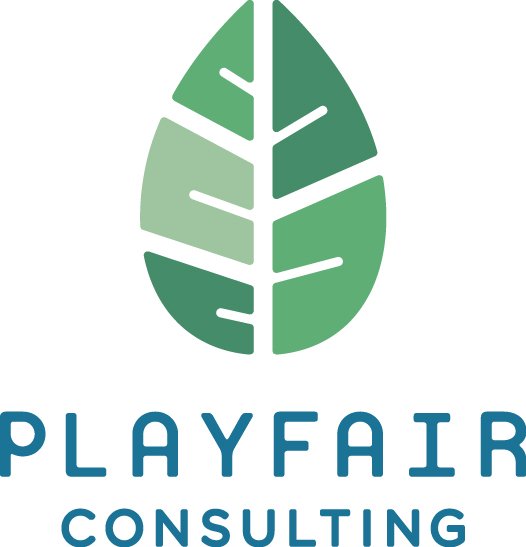How to use Linked-In for networking
LinkedIn has been a gold-standard for networking in the tech industry for some time. Many of you know that I did management consulting, client relationship management, and even some sales in tech and I sometimes forget that LinkedIn isn't something everyone knows how to use. I find myself writing the guide below, many times per month, for clients of mine and thought to myself, "I just need to post this publicly so it's available to everyone and so I can point clients to a blog post rather than rewriting it."
If you think you might want to use LinkedIn to search for jobs, meet professional contacts, post your resume online, or manage your professional network, here's my quick and dirty guide to the basics.
First, check your privacy settings
Before you begin, or the second you sign up, go to your privacy settings page. Think about who you want to receive notifications when you update your profile. If you don't want an announcement saying "Look who just updated their profile!" going out to all of your connections, adjust accordingly. Read their FAQs and privacy guides so that your settings are configured correctly.
Author/update your own profile
Before you start using LinkedIn for networking, you need to make sure your profile is up to date! It doesn't have to be perfect (mine's not!) but it does need to be recent.
Update your title/description. Mine says "Counselor and Workplace Behaviorist." This does not have to be your technical job title, but rather a description of who you are as a professional.
Next, post each job from your resume along with a job description and a list of accomplishments that might be relevant to your job search. Include descriptions of things you liked doing or things you'd be willing to do at your next job. Leave out things you hated doing or are unwilling to do. If you have gaps in employment and took classes or did volunteer work during those gaps, feel free to include those to fill out the timeline. The rules of LinkedIn are less stringent than those for resumes so do what you need to do to help readers understand your professional story.
Update your photo to a 3/4 headshot (a friend or family member can take it) that goes from about armpit-level up to an inch or two above your head. It does not have to be done by a professional photographer... Look on Pinterest for some inspiration!
Write your "summary," that says a bit about who you are as a professional. Look at other folks' pages for inspiration and ideas. If you get stuck, ask a friend to help you write something useful.
Search for connections
Start with your own "real life" network and search for friends, family members, former colleagues, current colleagues, old classmates, and friends-of-friends. At first, it might not matter if they are relevant to your current job search, especially if you have very few connections overall. Connecting with people you know in real life will help you expand the network of people you're connected to by second or third degrees.
Use the search function at the top of each LinkedIn page to search for individuals in organizations of interest to you. If you type in "Intel" you'll get both corporate pages and pages of people who work there. You can narrow your search to "people."
Invite people of interest to connect. Send a personal invitation message that's friendly, a bit specific, but not asking for anything. "Hello! I'm a counselor in Portland looking to expand my network in Vancouver for referrals. Could we connect?"
Remember, many folks don't check LinkedIn regularly (I just accepted 5 invitations that were weeks old). So be patient in waiting for responses.
Don't invite everyone to connect. Make your network meaningful.
Converse with the connections you've made
Once someone accepts your invitation, use LinkedIn messaging to thank them for connecting with you and to let them know what you're looking in terms of advice, help, or follow-up with. For example, I might write to another counselor who accepts my invitation, "Thanks for accepting my invitation. I'm receiving a lot of inquiries for Vancouver, presumably because I'm licensed in Washington, but I don't currently have an office there. Are you by chance taking new clients? I'm also wondering if I should consider opening an office in Vancouver given the number of referrals I see! How has your experience been working there?"
Notice that I'm offering something along with asking for advice. It's also ok to just ask for advice as many people actually do want to help a stranger on their career path!
Some people will ignore you, others won't help you, but some WILL help you. In my personal experience, I find that 80% of folks I send invitations to tend to accept my initial invitation and perhaps 75% of those will respond to a message.
So don't be afraid of using LinkedIn! Put yourself up there and start conversations with other professionals in four easy steps.
